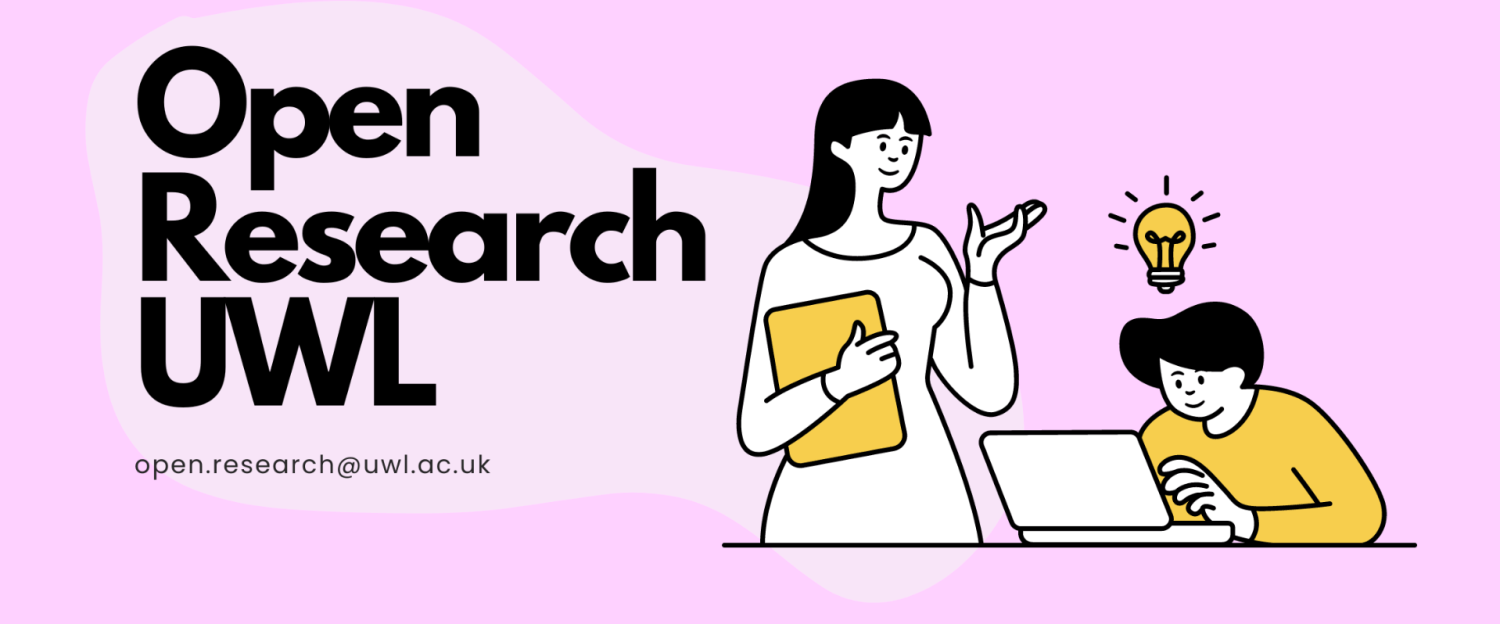Welcome to day two of our short blog posts that neatly align with #OAWeek! Yesterday, we looked at why open scholarship and open research- an essential starting point from which one can learn about what openness offers researchers, institutions, and wider publics! Today we are going to look at the routes to achieving open access, and considering some of the wider concerns in this area, especially with regards the importance for foundation of systems for producing and distributing knowledge also being based in an open context.
As we all are well aware, there are two routes to achieving open access: Gold open access and Green open access.
The Gold route means publishing your work as open access, usually with an appropriate licence, such as a Creative Commons licence like CC BY.
The Green route involved depositing a copy of the author’s accepted manuscript into an applicable institutional or subject repository. This version of the paper should be intellectually the same as the published version of record, but the (c) has not been transferred to a publisher at this point.
Since the Finch Report (2012), article processing charges (APCs) have become a common way for legacy publishers to flip the business models over to supporting open access whilst allowing their revenues to maintain (or even increase if the journal is a traditional subscription journal with the opportunity publish an article as gold open access- this is known as a hybrid journal, and often leads to double-dipping as universities pay to access and publish content).
While APCs are a completely legitimate business model for covering the costs of publication, the Finch Report’s desire to create a market for APCs that would lead to competition and thus price reduction was perhaps naive as it failed to adequately account for the prestige factor that journal titles have accrued over time. This has led to a dysfunctional market that commodifies scholarship and research information objects in the context of publication, entrenching inequities and disparities between researchers and HEIs that lack the capital to pay for high APCs in the most prestigious legacy titles.
However, APCs are by no means the only business model to create sustainable open access publications. Many scholar-led open access publications exist that require no author-side fees. In fact, as Suber has consistently noted, over 70% of open access titles have no fees associated with publication! Many make use of free and open source publishing software such as Public Knowledge Project’s Open Journals System or the Open Library of Humanities’ Janeway to help reduce licensing costs on software.
Indeed. The Open Library of Humanities have a very novel Gold open access business model with no author side fees. Instead, they obtain partnership subsidies from libraries to cover their operational costs and thus publish high quality open access material with no author-side fees at all.
At the University, we formally support Green open access through the UWL Repository, which is currently based of the free and open source EPrints software.
All one has to do as a researcher is deposit your accepted manuscript as close to the point of acceptance. Journals may impose embargo periods, during which the accepted a manuscript will not be accessible, so if you want to choose a title that will allow for access from the point of acceptance or publication (i.e. zero embargo), or one with a very minimal embargo to maximise its exposure with currency, you can use SHERPA/RoMEO to check on a publication’s support for depositing in repositories.
The significance around open source software for open access to scholarship is not only philosophical, but also very practical. Proprietary systems do exist, and offer enticing systems that cater to the needs of institutions. However, the proprietary nature of such systems is in direct contrast to the nature of open scholarship. The systems may not provide exportable data for future migrations, effectively locking customers to vendors. Other issues relate to how the suppliers of proprietary systems make use of user data, which is often opaque, but in a post-Snowden, post-Cambridge Analytica world, this is a very real concern for those of us working with personally identifiable information and data.
References
Finch, J. et al. (2012). Accessibility, sustainability, excellence: how to expand access to research publications: Report of the working group on expanding access to published research findings [Last accessed 18/10/2018] https://www.acu.ac.uk/research-information-network/finch-report-final
